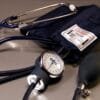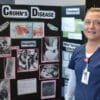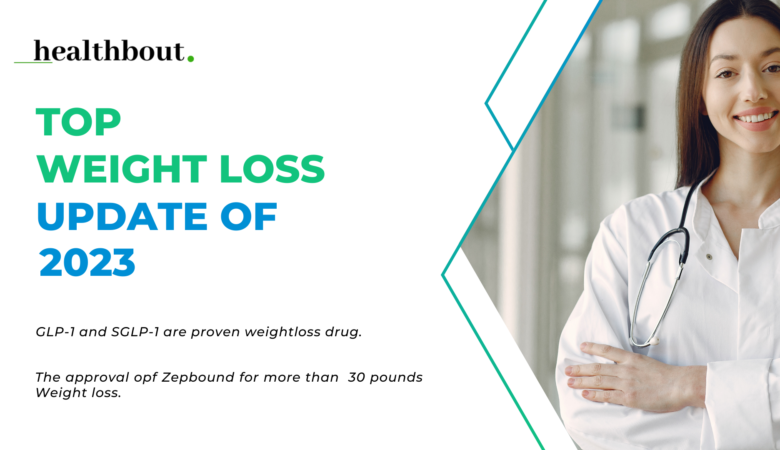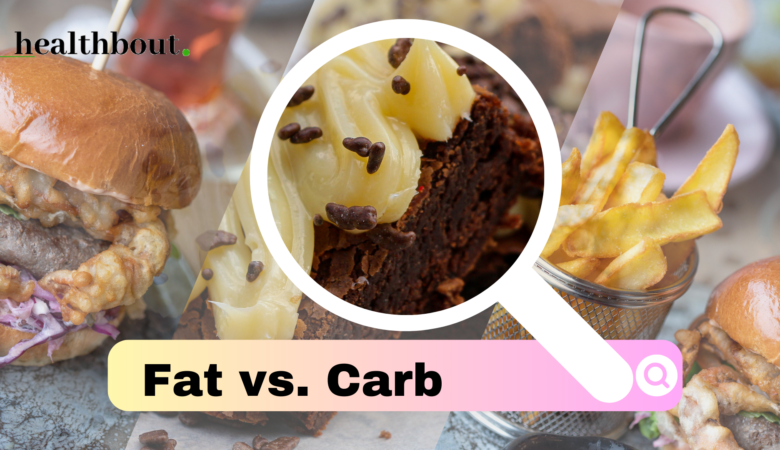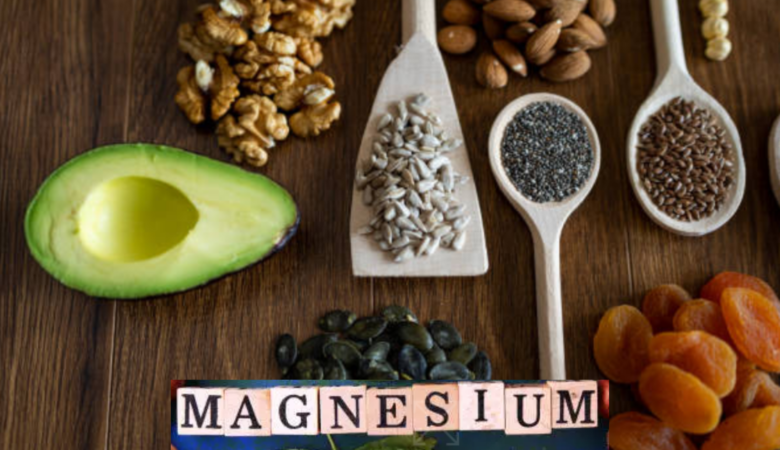Osteoporosis is the condition of porous bones. Inside of a healthy bone, small spaces are present which give honeycomb-like structure.
In osteoporosis, these spaces become big and the bones become weak and lose their strength, bones also become thinner. It can be the situation in people of any age and any race.
Mostly Asian women who have passed the menopause stage are more prone to it. Most commonly bones like ribs, hip bones, wrist bones, and spines got fractured and affected due to osteoporosis.
These people can experience bone break and fractures while standing, walking, and doing chores of the home.
Signs and Symptoms of osteoporosis
As osteoporosis develops gradually, so initially only early signs and symptoms can be seen. The mild symptoms can be-
- Fading gums.
- Loosen grip strength.
- Weak nails.
Conditions can occur without symptoms for decades.
- A bone fracture can be the first symptom
- Pain is related to the fracture
- Stooped posture
- The location of your pain relies on the fracture’s location
- Men and women experience similar symptoms
- Regular or repetitive fracture in the spine leads to severe lower back pain
- A hip fracture on slip and fall accidents
- Slow healing of the hip fracture
- It may be undetected for a long time until you experience any early signs or symptoms of osteoporosis.
Symptoms in severe condition
When you do not take the required treatment for osteoporosis, the condition can become more severe. This is so because the bone will become thinner and weaker.
In the harsh condition of osteoporosis, even when anyone sneezes strongly, it can give them neck pain or loss of height. Your any vertebra got easily fracture or break when there is little force on the vertebra. Back or neck pain can cause due to pressure of compression.
Causes and Effects of osteoporosis
Bones are made and broken down continuously and mostly in the youth age. The only test is the bone density test that can effectively diagnose osteoporosis time before broken bones occur.
In the early ’20s bones have been made and bone mass deposition takes place up to the early ’30s. Generally in the early ’30s bone creation is reduced and destruction is fast.
The condition of osteoporosis in someone’s life can be analyzed by the amount of bone mass deposition in his or her youth years. More the amount of bone mass present in bones, the less likely will be the chances for osteoporosis.
In other words, greater bone density lowers the risk of developing osteoporosis.
Risk factors for Osteoporosis
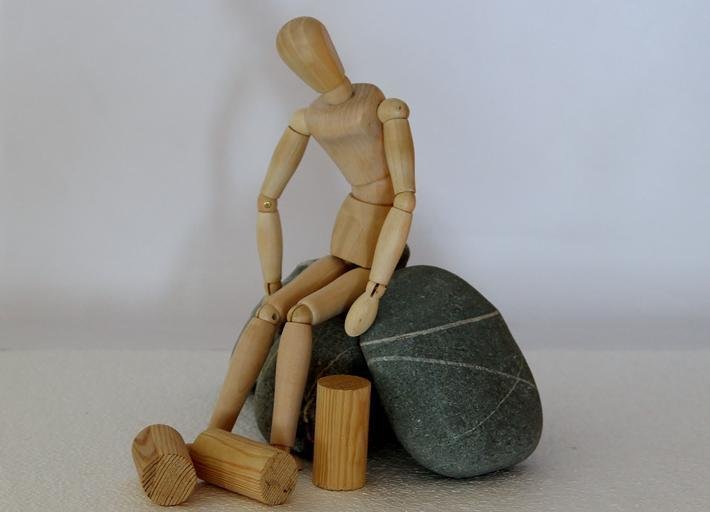
These are some factors that accentuate the risk of osteoporosis in men and women:
1. Age factor
As we said that the situation for osteoporosis can be more accurately depends on the amount of bone mass-created in the early’s 20.
Osteoporosis starts to affect both aging men and women.
2. Sex
Sex factor becomes important when we are talking about osteoporosis.
So, women are more favorable in developing osteoporosis condition. Bone mass destruction in women is more due to certain different factors and hormonal levels also.
Osteoarthritis most often affects your spine, hips, knees, feet, fingers (i.e., tips or middle joints of your fingers, the base of your thumb,).
Generally in men, low levels of sex hormones in males also contribute to osteoporosis.
3. Hereditary (Ethnic group and family history)
Osteoporosis is common in families where there are some inherited factors that exist affecting bone development.
White people and women of the Asia region are more prone to osteoporosis condition. Also, if your parents and siblings have this disease, you are at a higher risk of osteoporosis.
4. Frame size of body
Men and women having small body frames would tend to have a more risk of osteoporosis.
People with less size or height will have less bone mass to retain or get from as they age.
Effects of hormones level in osteoporosis
1. Sex hormones
A decreased level of sex hormones will stimulate bone loss.
As women age and they reached the menopause stage, the level of estrogen hormone level also decreases becomes the main reason for osteoporosis in women.
In men when they age, the male sex hormone which is testosterone level decreases, and it will stimulate bone loss.
2.Thyroid hormone
It is secreted from the thyroid gland. There is a connection between Osteoporosis and thyroid hormone.
A high level of thyroid hormone will accelerate too much bone loss. If your thyroid gland is overactive then eventually you will suffer from osteoporosis.
Diet factors affecting osteoporosis
Low calcium food
Less or little intake of calcium from your childhood will make your bones less dense and will decrease bone mass. It will result in the condition of osteoporosis.
Today, bariatric surgery(A type of gastrointestinal surgery wherein the length of the intestine is decreased) is too popular for weight loss. This leads to less absorption of nutrients.
After bariatric surgery for weight loss, it can lead to osteoporosis.
Daily Habits that directs to osteoporosis
- Stagnant or inactive lifestyle.
- High consumption of alcohol.
- Smoking or tobacco usage.
Osteoporosis risk score (Simplified Calculated Osteoporosis Risk Estimation)
A positive score shows stronger bones in comparison to a 30-year-old woman.
You have more risk of osteoporosis and a low BMD, in case the T-score at any site is between -1 to -2.5, you have a low BMD. If the score is -2.5 or lower, it means, you have osteoporosis.
Complications
Most serious complications of osteoporosis are, particularly in the spine and hip.
When due to falling there is a breakage of the hip joint. It raises high complications to routine life. And this also increases the risk of death within the first year of injury.
Patients experiencing chronic pain finds more risk for osteoporosis
The spine is made up of vertebras, so when vertebrae bones break, and it becomes weak it can easily break and the spine will be fractured. Decrease height and forward-curved posture will become out as a result of a spine fracture.
How to prevent osteoporosis naturally
Better not to suffer from osteoporosis certain prevention can be taken by you –
Protein: Vegetarians and vegans will not get enough protein easily. They should seek out protein-containing food items such as soy, nuts, dairy products, milk, legumes, and beans.
Your body weight: If you are overweight your chances are increases of fractures and bone loss. Excess weight will increase the risk of getting fractures easily in the arm and wrist.
Have a proper intake of calcium: Male and female between age 19 and 50 need at least 1000 mg of calcium. Ways to have calcium can be dairy products, leafy vegetables, soy products.
Vitamin D helps in absorbing calcium: Sunlight can help in absorbing calcium from your dietary intake. Avoiding sunlight for preventing skin cancer nowadays is important, but if your take at least morning sunlight for half an hour can be good to avoid deficiency of vitamin D.
Doing regular exercise is important in osteoporosis for easy mobility in joints. But avoid some physical movements.
Exercises to avoid
If you are experiencing osteoporosis, better not to do these types of movements:
High-impact Movements:
Activities like running, jumping, or jogging are high impact movements. It can result in fractures to your weakened bones. Better to avoid these jerky movements and choose regular exercises with slow, and controlled movements.
Forceful twisting and bending
In case if you have osteoporosis, exercises where you forcefully doing situps or bend forward at the waist and start twisting the waist can increase the risk of fractures in the spine.
Games or activities to avoid that require you to twist or bend waist forcefully are golf, tennis, bowling and some yoga poses.
Diagnosis
To find osteoporosis minerals like calcium and phosphates contents are checked for bone density and strength. A painless test is done for this like an X-ray for checking the mineral content.
Treatment or Prevention
Treatment for osteoporosis condition is generally based on a bone-density test. Treatment Side effects such as abdominal pain, nausea, and heartburn-like symptoms are common. But these can be avoided with proper medication.
If the bone test shows low risk, any kind of medication will be not be preferred for osteoporosis treatment.
Hormonal therapy
Hormone replacement therapy in the prevention and treatment after postmenopausal osteoporosis. In women, therapy should be soon started after the menopause stage. It will help in maintaining bone density.
Estrogen therapy will also improve the condition of heart disease, breast cancer.
In men, the bone loss will be due to a slow degrade in the level of testosterone hormone. It is due to aging. Hormonal therapy will increase the testosterone level in the men’s body.


